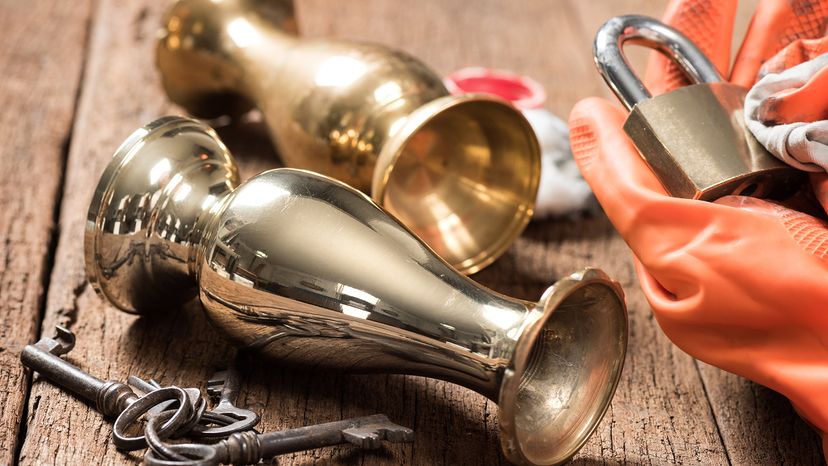Here are a few things you can do to enhance the cleaning process.
1. Use Brass Polish for Extra Shine
If the tarnish is stubborn, apply a small amount of brass polish with a soft cloth. Buff the surface gently in a circular motion, focusing on areas with tarnish. Avoid using harsh chemicals that could damage the brass or leave residue behind.
2. Clean Intricate Areas With a Soft Toothbrush
For brass jewelry or items with detailed designs, use a soft toothbrush to reach crevices. Dip the toothbrush in a cleaning solution (such as the vinegar paste or soapy water) and gently scrub the intricate areas. Rinse and dry with a damp cloth to ensure no residue remains.
3. Avoid Harsh Chemicals and Excess Elbow Grease
When cleaning your brass, avoid harsh chemicals that can strip away the finish or discolor the metal. Similarly, use light pressure when scrubbing; too much elbow grease can scratch the surface, especially on brass-plated items.
4. Buff and Protect
After cleaning, buff your brass gently with a microfiber cloth or soft cloth to enhance its shine. To help protect the surface and reduce future tarnish, consider applying a thin layer of clear wax or polish specifically designed for brass.
We created this article in conjunction with AI technology, then made sure it was fact-checked and edited by a HowStuffWorks editor.
